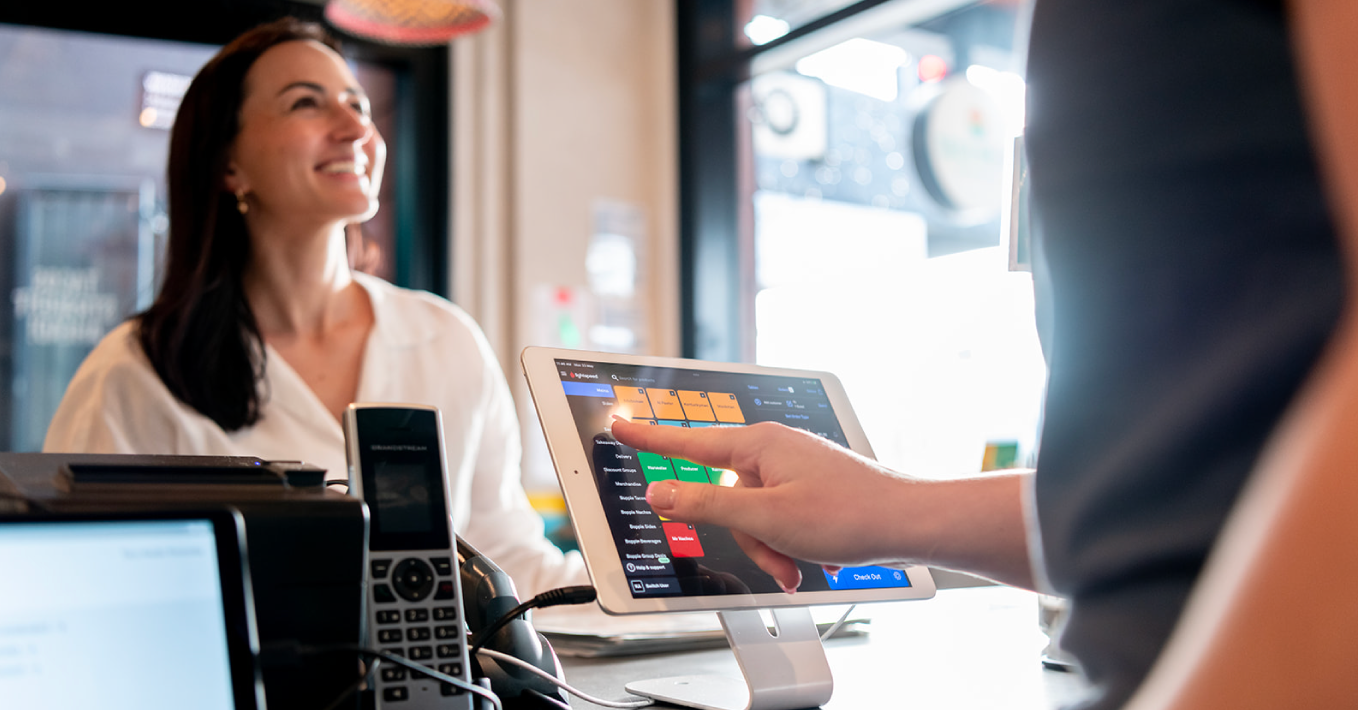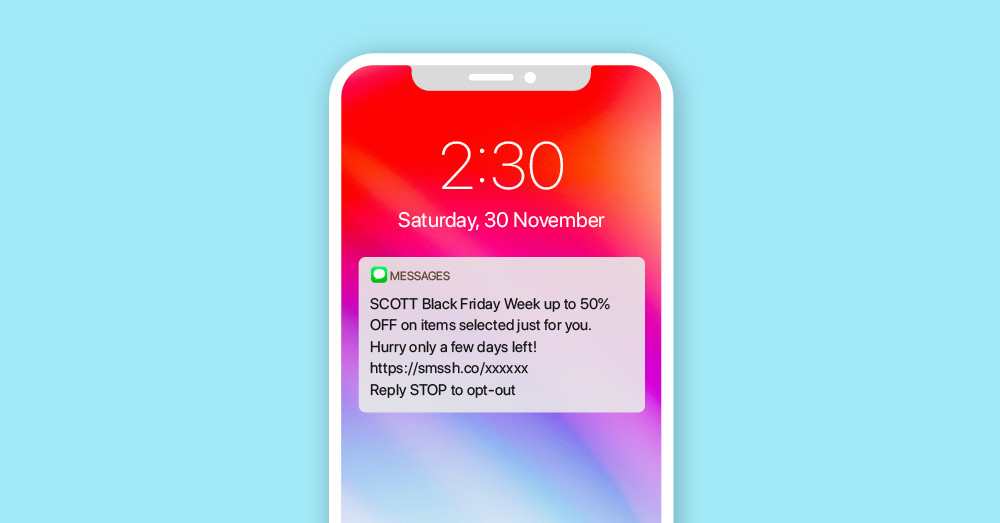
Top marketing statistics for retail and hospitality businesses 👇
We've compiled this handy reference list of retail and hospitality marketing statistics. This list will be updated on a regular basis.
Quick Links:
Sales & shopping habits
Here are some of the top trends and insights into consumer behavior in 2022.
- The average shopping cart abandonment rate is 69.23% (Baymard Institute, 2022).
- In an analysis of over 60 million consumer purchases, Marsello found that 25% of all orders come from the top 2% of customers (Marsello, forthcoming).
- According to research by BIA/Kelsey and Manta, regular customers spend 67% more per order than one-off or infrequent customers (BIA/Kelsey & Manta)
Social media statistics
- Customers report spending 20%–40% more money on brands that have interacted with them on social media (OptinMonster, 2022).
- Industry data shows that 55% of social media users ages 18 to 24 have purchased something through a social channel (Influencer Marketing Hub, 2022).
- There were 4.26 billion active social media users across the globe in 2021. This is forecast to increase to 5.85 billion by 2027 (Statista, 2022).
- 77% of Millennials report making a purchase either online or in-store after seeing a product on Facebook (OptinMonster, 2022).
Loyalty statistics
Loyalty marketing is a marketing strategy that retailers of all sizes use to increase the lifetime value of their customers through incentivizing and rewarding repeat purchasing.
Watch: Loyalty Marketing Masterclass
- According to Marketing Metrics (2011), the probability of selling to an existing customer is up to 14 times higher than the probability of selling to a new customer.
- When your customers feel rewarded for their purchases, they can spend more, more frequently, and even purchase products at a slightly higher price than they might be at a competitor (KPMG, 2019).
- 60% of consumers will buy from a store with slightly higher prices if they will earn a loyalty program reward (KPMG, 2017).
- More than 65% of customers admitted making special trip to redeem a free gift from a loyalty program (KPMG, 2017).
- 75% of consumers would give “rave reviews” to a loyalty program they’re involved in (KPMG, 2017).
- Existing customers are 50% more likely to try new products and spend 31% more, on average, compared to new customers (Crazyegg/Neil Patel, 2018).
- Retailers can also send more frequent messages to those who are loyal brand followers (although you’ll see your best engagement if you don’t send more than five emails per week) (GetResponse, 2021).
- According to the 2018 Bond Brand Loyalty Report:
- 77% of consumers say they are likely to stay with a brand that has a loyalty program.
- 70% of consumers are more likely to recommend a brand with a good loyalty program.
- 63% of consumers say they're prepared to modify their spending habits in order to maximize the benefits of a loyalty program.
Segmentation statistics
Customer segmentation is the process of dividing customers into groups, allowing retailers to do more targeted and effective marketing. Segmentation is an antidote to low database engagement and declining email open rates.
- 78% of marketers reported segmentation as their most effective email marketing strategy (Hubspot, 2022).
- In retail, automated emails see a 326.1% higher click rate than manually-sent emails, indicating 4x higher engagement and purchase intent (Epsilon, 2019).
SMS marketing statistics
When used in the right context, SMS remains one of the most powerful marketing tactics on the block.
- 75% of consumers want to receive text messages with special offers (Adestra via Dexatel, 2017)
- 90% of SMS messages opened within three minutes of being received (Tatango, 2020)

Pro-tip: Get even more personalized and use merge tags in your SMS campaigns—include loyalty points balance, first name and more.
Marketing automation statistics
With marketing automation, you can reach the right customers, with the right message at the right time.
- Automated emails, triggered by a customer action, get 8 times more opens than manual, bulk emails (Experian)
Read more: 4 simple marketing automations for easy revenue wins
Customer experience statistics
Send exclusive Black Friday deals and offers to your existing customers. Rubber Monkey sent customers an extra $10 voucher to use over and above their Black Friday purchases.
- Bad customer service can cause 4 out of 5 consumers to switch brands (Qualtrics & ServiceNow, 2021).
Referral & word-of-mouth statistics
Referral programs reward existing customers for introducing friends, family or colleagues to your brand. They work by offering incentives such as points, discounts, or other rewards in return.
- People are as much as 4x more likely to buy when referred by a friend.
Read more: Ways to provide incentives for customer referrals


